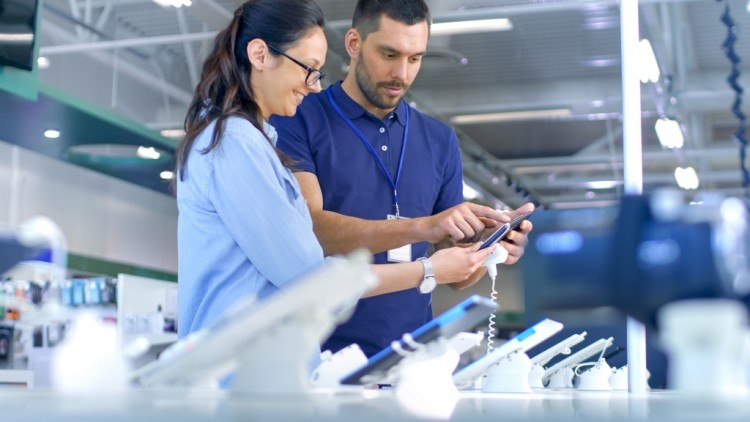Leading retailers use innovation to successfully fight digital disruption

As long as consumers continue to visit physical stores, retailers will continue to invest in them. A recent report from research firm Altitude Group sets out to understand how leading retailers are trying to respond to digital disruption using innovation and the challenges that creates.
The shopping habits and behaviors of consumers today are very different from those of two decades ago, but the mindset and culture of many brick-and-mortar retailers have struggled to adapt to the pace of change.
“While they know innovation is the answer, how to innovate, consistently execute, and evolve continue to elude many of them,” the report says.
Why are so many once-successful retailers struggling to innovate? The report identifies five main reasons:
- They don’t understand their customers. According to Altitude, only 35% of the businesses it surveyed had mapped the customer journey;
- They lack digital expertise. Not only do retail executives not understand the behavior of their customers, but they struggle to understand the potential of digital transformation;
- They don’t invest in innovation, while competitors lead with it. Because they don’t understand their customers and lack digital expertise, their efforts to be “innovative” often fail. The report says the risk-averse culture of traditional retailers is a big factor here;
- They are buried in debt. Traditional retailers have high operational gearing, so a relatively small drop in sales can push operations that were previously profitable deep into loss. What’s worse, many retail chains are overloaded with debt.
So what do innovative retailers do different than the rest? The report argues that the successful retailers have learnt to think like the evolving, connected customer, and they focus their innovations and experiences with that customer in mind. Specifically, leading retailers do five things well:
- They map the customer journey to create a consistent cross-channel experience. They don’t assume they know what the customer wants: they study real customers and how they use offline and online channels to identify touchpoints that need improving – or are missing entirely;
- They do extensive research to understand the customer. The goal is to think like the customer, so they collect data, invest in market research and hire staff dedicated to consumer data analysis and insight;
- They prioritize connected journeys over traditional ones. Many brick-and-mortar retailers are risk-averse and are concerned about alienating their “traditional customers”. In contrast, innovative retailers prioritize initiatives aimed at providing a superior experience for digital-first and mobile-first customers, which will often lead to a better in-store experience;
- They operate innovation labs to explore future retail strategies. These are set up outside of the retailer’s day-to-date operations to make it easier to explore new concepts that can be tested and evaluated quickly. In some ways they operate like start-ups but they need high-level support from the retailer’s leadership team if they are to be successful, the report cautions.
To find out more about how Openbravo helps retailers innovate and easily integrate new technologies including RFID, mobile payments and self-checkout, download the Openbravo Commerce Cloud brochure.




No Comment